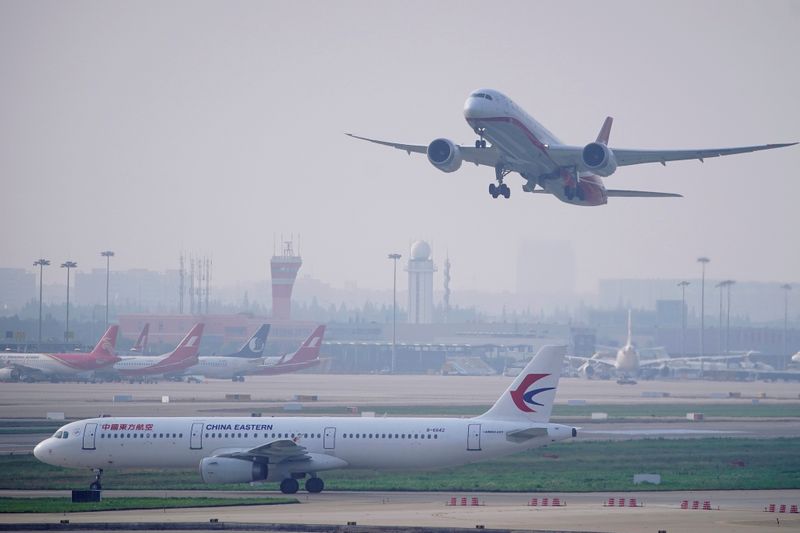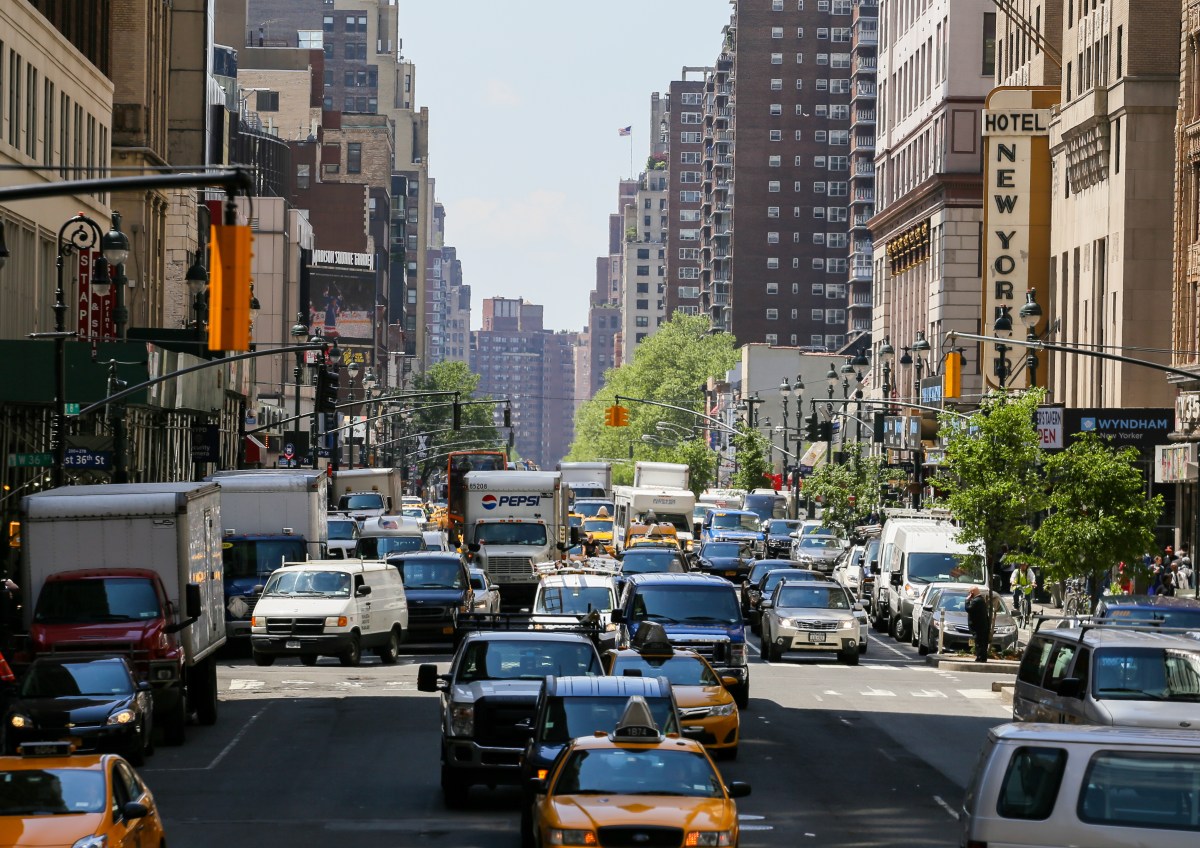BEIJING/SYDNEY (Reuters) – Widely watched airfares in China are recovering to pre-pandemic levels as domestic tourists lead a patchy air travel recovery, scattering crumbs of hope to a shattered global travel sector.
With international markets like Europe still in partial lockdown, the global tourism industry’s attention is riveted on China’s new travel patterns as it brings COVID-19 under control and lifts curbs on movement. The Chinese domestic market quietly overtook the once-dominant U.S. market in size during the pandemic, but multiple coronavirus outbreaks before last month’s Lunar New Year halted the rebound and could lead to first-quarter losses.
Now, with temporary testing and quarantine restrictions once again lifted, average prices for an economy seat during the April 3-5 Qingming festival, or tomb-sweeping holiday, have rebounded to 96% of 2019 levels, according to data from Ctrip.
Economy-class airfares for trips over the Labour Day holiday in early May have risen 11% compared with 2019 levels, says Ctrip, run by online travel giant Trip.com Group Ltd.
“It seems like demand has really caught up with capacity once again and airlines are deciding discounts are no longer needed to stimulate demand,” said Luya You, transportation analyst at BOCOM International in Hong Kong.
“I think the pent-up demand that everyone has been expecting is finally showing up in full force,” said You, adding she expects yields and revenues to reach normal by the second half.
Over the last year, Chinese domestic capacity had risen faster than demand, depressing airfares as carriers sought to fill as many seats as possible. A return to fare growth is seen as a final step in the recovery.
There are signs the United States, a close second in domestic capacity, is following a similar trajectory months behind China as vaccination rates rise, case numbers fall and airlines add more flights.
Average round-trip U.S. domestic fares for May to August remain up to 20% lower than 2019 levels, but are up as much as 36% higher than 2020, online travel agent Hopper said.Europe, however, is bracing for a second lost summer in part because of a hobbled COVID-19 vaccine rollout and a heavy reliance on cross-border traffic.
When travel restrictions are lifted, the European market should expect a “bloodbath” with low-cost airlines like Ryanair and Wizz Air competing to offer the lowest possible fares, CAPA Centre for Aviation Chairman Emeritus Peter Harbison said this month.
STOCK GAINS
In China, the Lunar New Year holiday is usually the busiest time for local airlines. But this year’s celebration was a wash-out for air travel, with capacity slashed and ticket prices plunging to five-year lows. Now, Chinese airlines are ramping up domestic capacity for the next few months, diverting aircraft from the largely closed international market.
Chinese carriers are scheduled to operate 20.7% more domestic flights from April to October compared with 2019, according to flight master, a Chinese aviation data provider.
China Eastern Airlines will overtake China Southern Airlines to operate the most domestic flights, while planned flights by Spring Airlines will surge by 62.25% from 2019 levels, the company said.
Investors have noticed. Stock prices for the three biggest Chinese airlines have recouped pandemic-related losses.
But all airlines are facing new headwinds from rising oil prices – exacerbated this week by a shipping blockage in the Suez Canal – and concerns over COVID-19 restrictions in international markets.
Parash Jain, head of Asia Pacific transport research at HSBC, expects 2021 to be another loss-making year for the three biggest Chinese airlines and warns their shares already look like they have overshot.
“What we’re seeing is the initial rebound in share prices has reflected the recovery in domestic market for now, with oil as a headwind, with foreign exchange no longer a tailwind and the rest of the world not favourable,” he said.
(Reporting by Stella Qiu in Beijing and Jamie Freed in Sydney, Editing by Tim Hepher and Gerry Doyle)
























